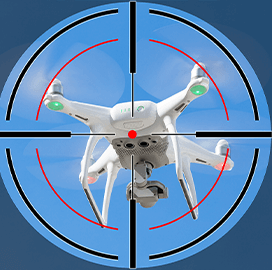
Hypersonic weapon
development
NC A&T to Help Develop Hypersonic Components Through Pentagon Applied Research Award
The Department of Defense has awarded North Carolina Agricultural and Technical State University a one-year, $500,000 applied research award to advance hypersonics technology.
NC A&T will develop a methodology for designing an intake system that should enhance hypersonic flight performance. It will use advanced engineering methods to design inlets and assess the design methodology and performance.
The university will also use computational analysis and wind tunnel experimentation to evaluate the design of components.
NC A&T will work with Purdue University, the University of Notre Dame, Boeing/AFOSR Mach 6 Quiet Wind Tunnel and science and technology company Leidos. The research effort is sponsored by the Joint Hypersonic Transition Office through the University Consortium for Applied Hypersonics, the Department of Defense website reported.
High-performance computing will be done at Notre Dame while simulations will be done at N.C. A&T’s facilities. BAM6QT will host demonstrations while data will be compared and confirmed at both NC A&T and Purdue. Leidos will provide subject matter expertise and support the development of optimized intake designs.
In addition to the development of improved hypersonics systems, the collaborative research effort will allow graduate and postdoctoral students at the participating universities an opportunity to grow their experience in hypersonics.
Hypersonic systems are designed to reach Mach 5 and higher. Attaining these speeds would put stress on components, meaning hardware must be able to endure extreme conditions and forces.
The U.S. Army, Navy and Air Force have embarked on their own journeys to create their respective hypersonics platforms. The Army has developed and demonstrated its Long-Range Hypersonic Weapon and expects to have it delivered to warfighters by the fiscal year 2023.
Likewise, the Navy has developed and demonstrated its Conventional Prompt Strike system. Meanwhile, the Air Force is running into problems with its Air-launched Rapid Response Weapon.

Category: Future Trends




